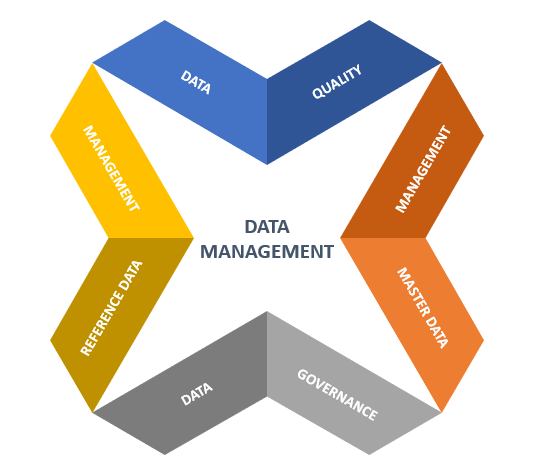Reference Data Management: A Key to Data Integrity
In the era of digital transformation, businesses generate vast amounts of data every day. Among the different types of data, reference data plays a critical role in maintaining consistency, accuracy, and integrity across systems. Reference Data Management (RDM) ensures that businesses handle data effectively, reducing errors and enabling seamless operations. In this blog, we’ll explore what RDM is, why it matters, and how organizations can implement it effectively.
What is Reference Data Management?
Reference Data Management (RDM) is the process of defining, managing, and maintaining a standardized set of reference data used across an organization. Reference data includes predefined values that are used to classify and categorize other data, such as:
- Country codes (e.g., USA, UK, NG)
- Currency codes (e.g., USD, GBP, NGN)
- Industry classification codes (e.g., NAICS, SIC)
- Product categories
- Organizational hierarchies
Unlike master data, which includes key business entities like customers and products, reference data is static or slowly changing over time and helps ensure uniformity in data processing and reporting.
Why is Reference Data Management Important?
Effective RDM brings several advantages to businesses and IT systems, including:
1. Ensures Data Consistency
Reference data acts as a single source of truth, ensuring that different systems use the same codes, categories, and values, reducing discrepancies and miscommunication.
2. Improves Data Quality
By standardizing reference data, organizations can minimize data duplication, errors, and inconsistencies, leading to more reliable business insights.
3. Enhances Regulatory Compliance
Industries like finance, healthcare, and government services have strict compliance requirements (e.g., GDPR, HIPAA, IFRS). Proper RDM helps maintain regulatory adherence by ensuring accurate and traceable data.
4. Simplifies Data Integration
Organizations often use multiple databases and applications. Reference data ensures smooth data exchange between systems, facilitating interoperability and seamless integration.
5. Optimizes Decision-Making
High-quality reference data enables better analytics, reporting, and forecasting, allowing businesses to make informed strategic decisions.
How to Implement an Effective Reference Data Management System
1. Define Clear Standards
Start by defining policies and standards for reference data. Establish rules on how data should be classified, updated, and governed.
2. Use a Centralized RDM Solution
Deploy an RDM tool or platform to centralize reference data and enforce consistency. Popular solutions include:
- IBM InfoSphere MDM
- SAP Master Data Governance
- Informatica MDM
- Talend Data Management
3. Implement Data Governance
Assign roles and responsibilities for managing reference data, ensuring accountability. Establish guidelines for:
- Data entry and validation
- Change management
- Version control
4. Ensure System Integration
Integrate RDM solutions with existing enterprise systems, such as CRM, ERP, and data warehouses, to synchronize reference data across all platforms.
5. Regularly Monitor and Update Data
Reference data may evolve due to regulatory changes, business expansions, or system upgrades. Periodic audits and updates ensure data remains relevant and accurate.
Conclusion
Reference Data Management is essential for organizations aiming to maintain data accuracy, consistency, and compliance. Implementing a structured RDM strategy helps businesses streamline operations, enhance decision-making, and achieve long-term data governance.
At i4Integrated Services, we provide expert data management solutions and training to help businesses optimize their data processes. Contact us today to learn more about how we can help you implement effective Reference Data Management for your organization!


